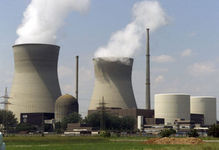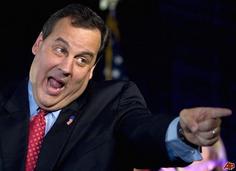
The International Energy Agency (IEA) reports that carbon-dioxide emissions from burning fossil fuels rose to a new record level of 30.6 billion metric tons in 2010. This is a full 5% higher than the previous record set in 2008. Growth in China and India accounted for a large portion of the emissions growth last year.
Most troubling is the level of greenhouse gas emissions that are already "locked in" based on power plants that are currently operating or under construction. These power plants alone will produce 80% of the greenhouse gas emissions that had been projected for 2020.
The IEA and many climate scientists estimate that global carbon emissions must be kept below 32 billion metric tons per year in order to avoid a rise of 2 degrees Celsius in global temperatures. A rise in temperatures above 2 degree Celsius could result in severe heat waves, droughts, floods, and rises in sea levels. Staying below 32 billion metric tons per year by 2020 means that emissions over the next 9 years cannot rise as much as they rose between 2009 and 2010.
John Howley
Woodbridge, New Jersey
Most troubling is the level of greenhouse gas emissions that are already "locked in" based on power plants that are currently operating or under construction. These power plants alone will produce 80% of the greenhouse gas emissions that had been projected for 2020.
The IEA and many climate scientists estimate that global carbon emissions must be kept below 32 billion metric tons per year in order to avoid a rise of 2 degrees Celsius in global temperatures. A rise in temperatures above 2 degree Celsius could result in severe heat waves, droughts, floods, and rises in sea levels. Staying below 32 billion metric tons per year by 2020 means that emissions over the next 9 years cannot rise as much as they rose between 2009 and 2010.
John Howley
Woodbridge, New Jersey




 RSS Feed
RSS Feed